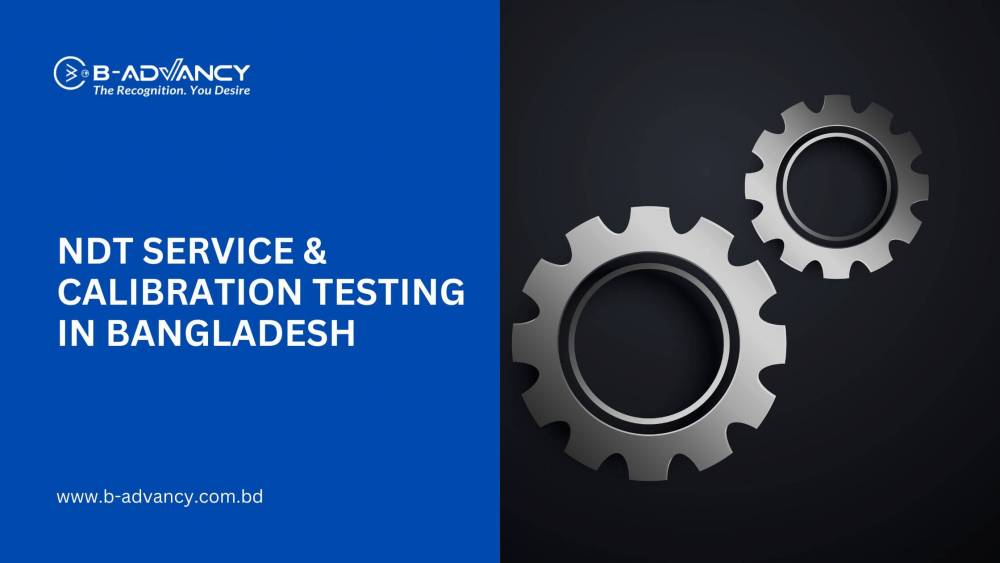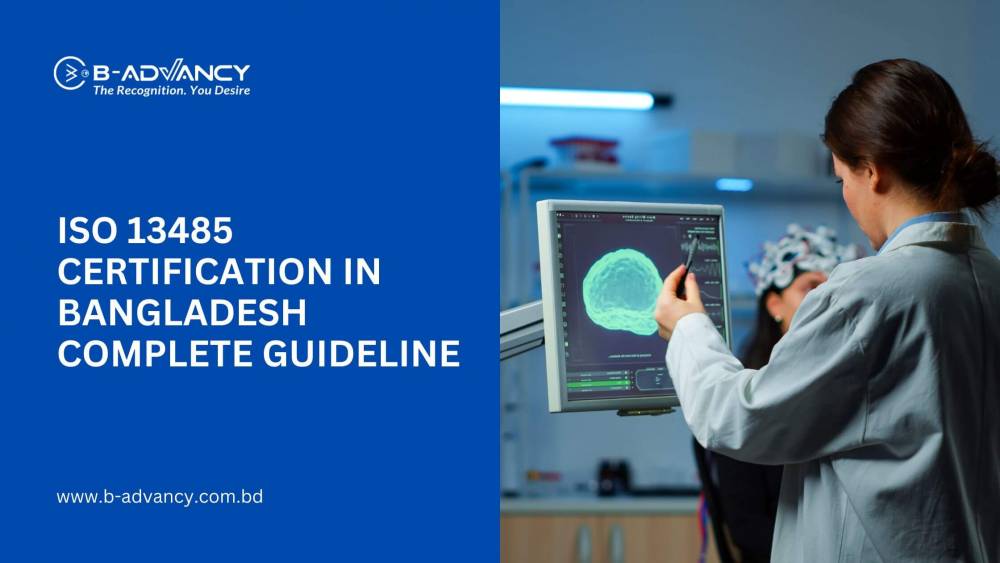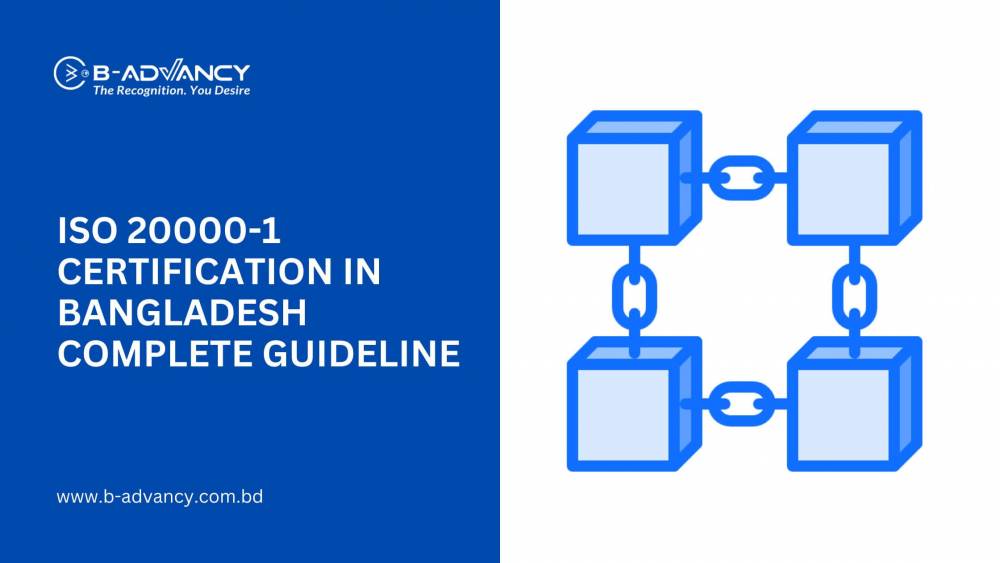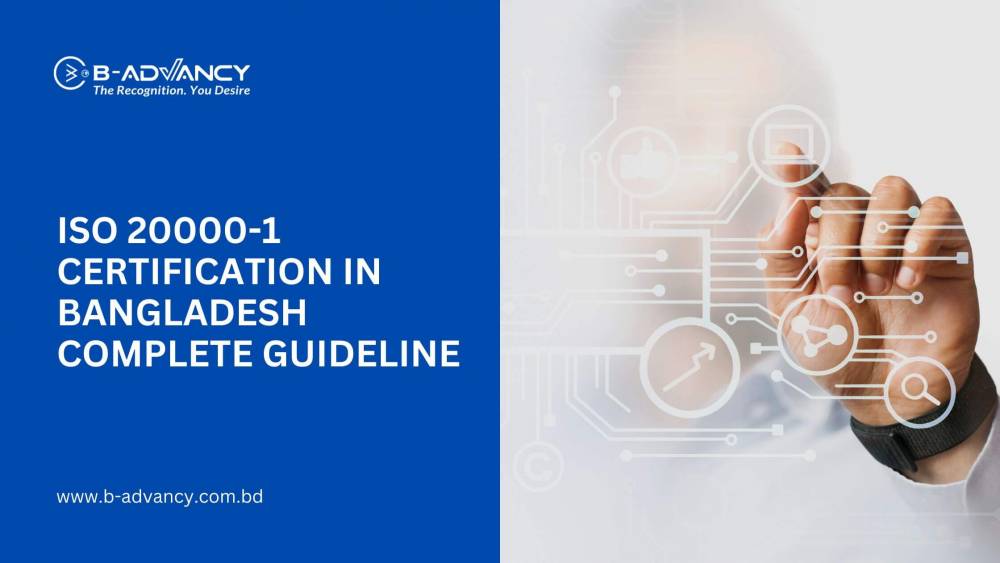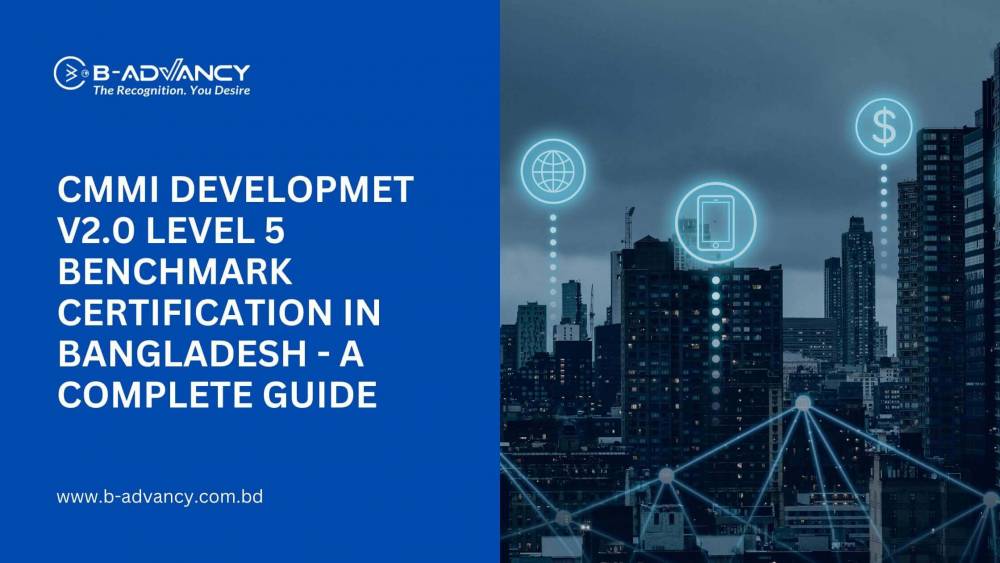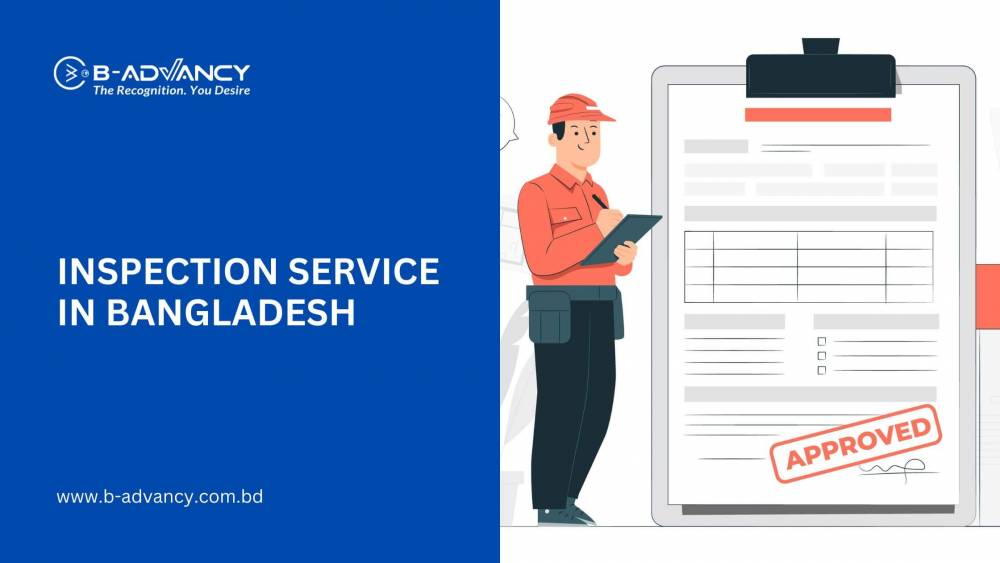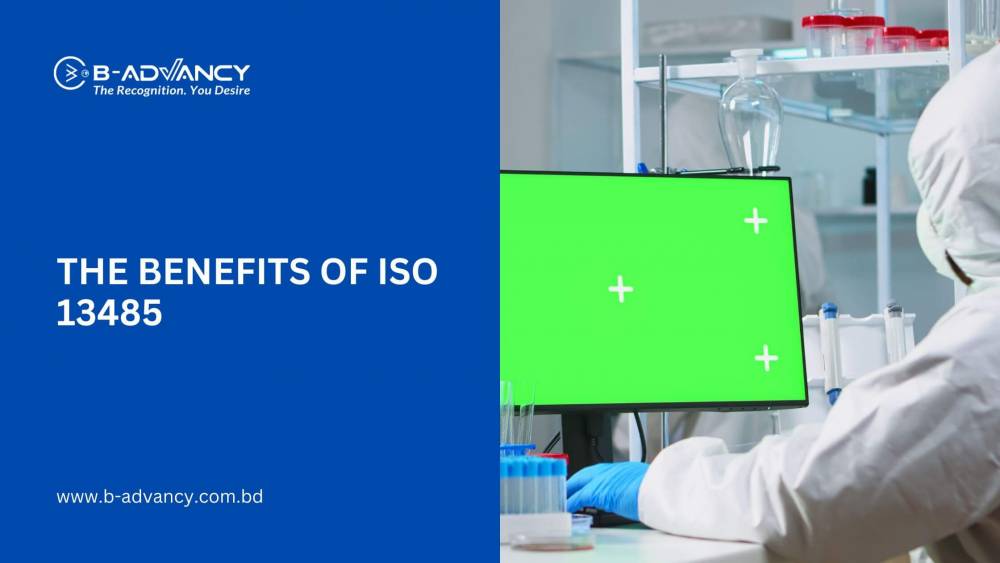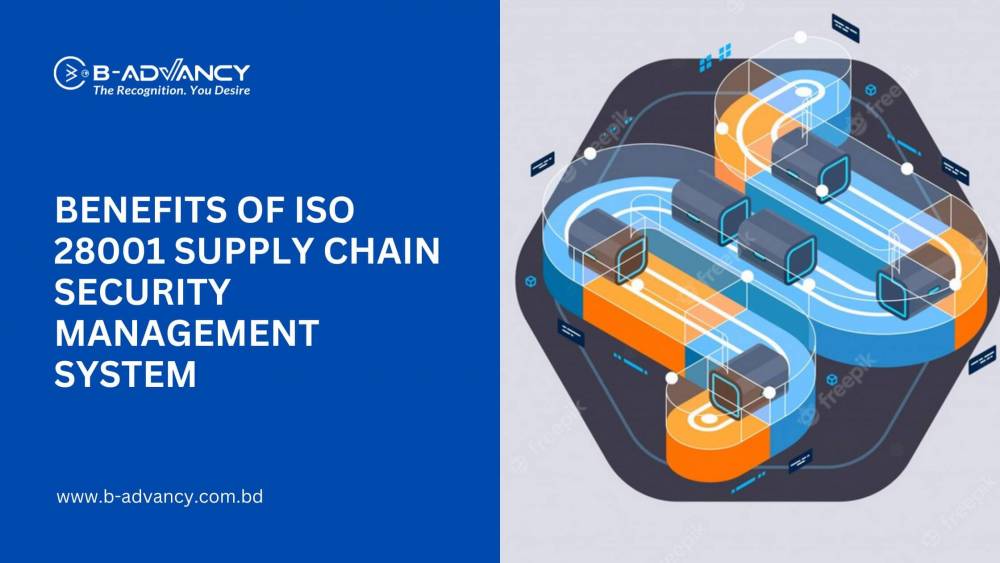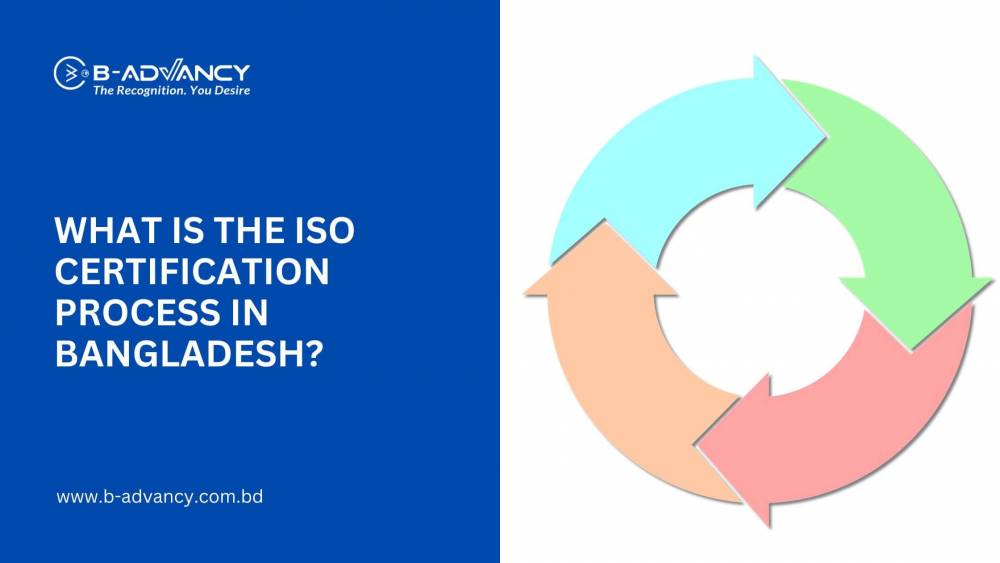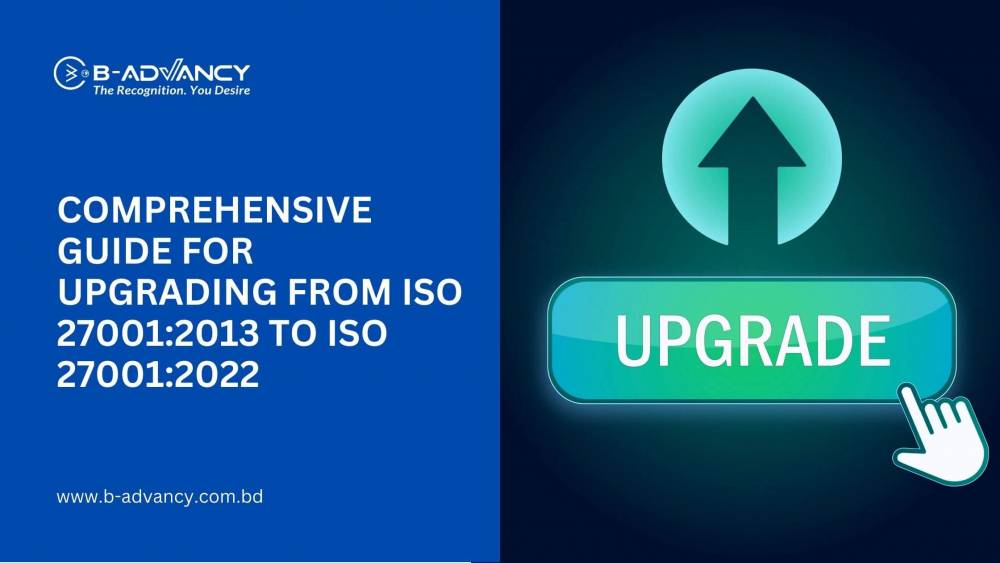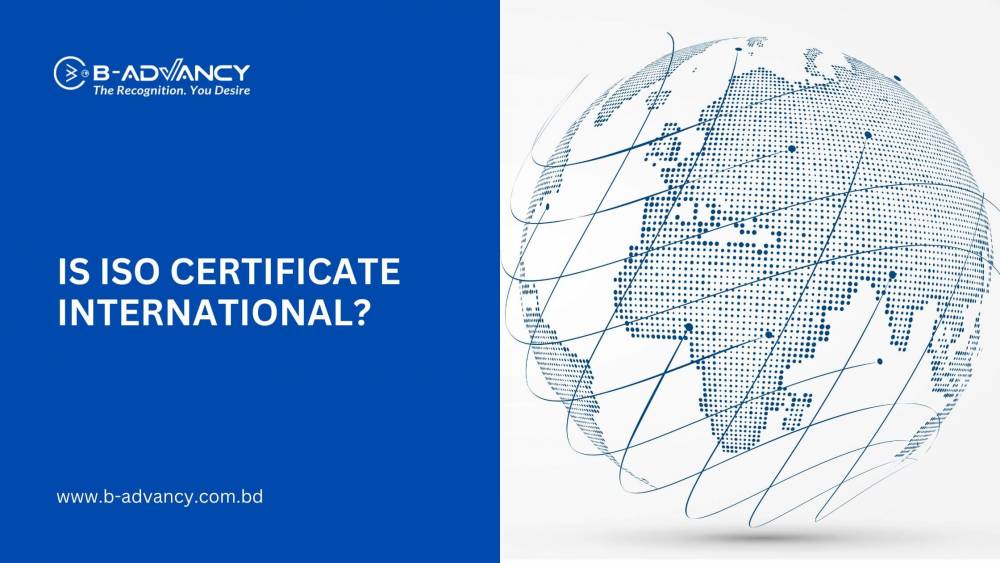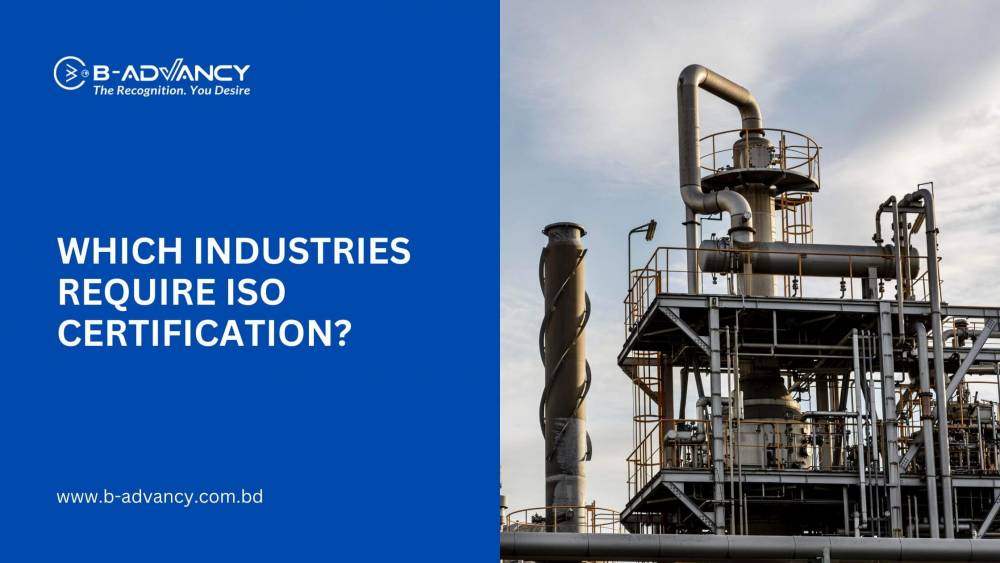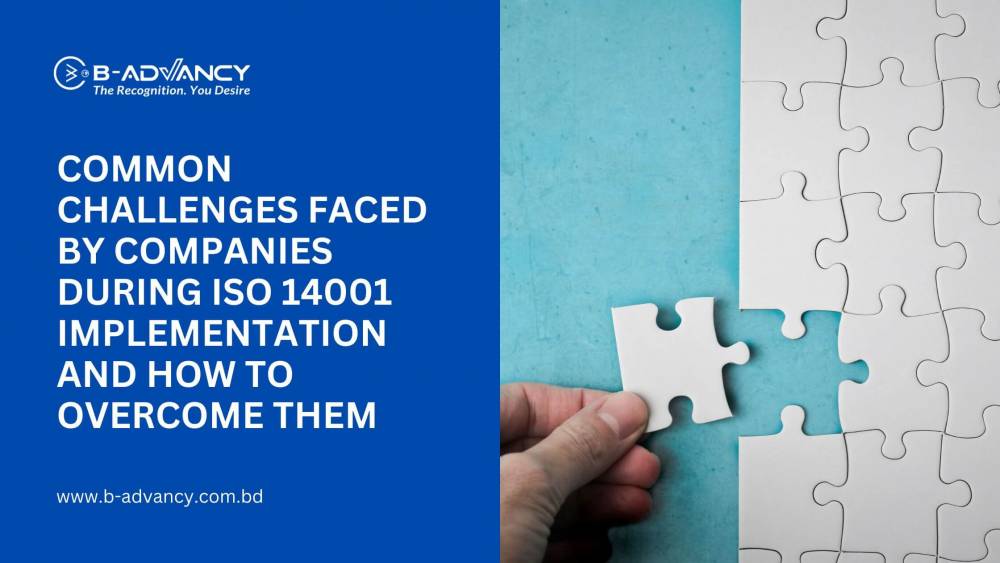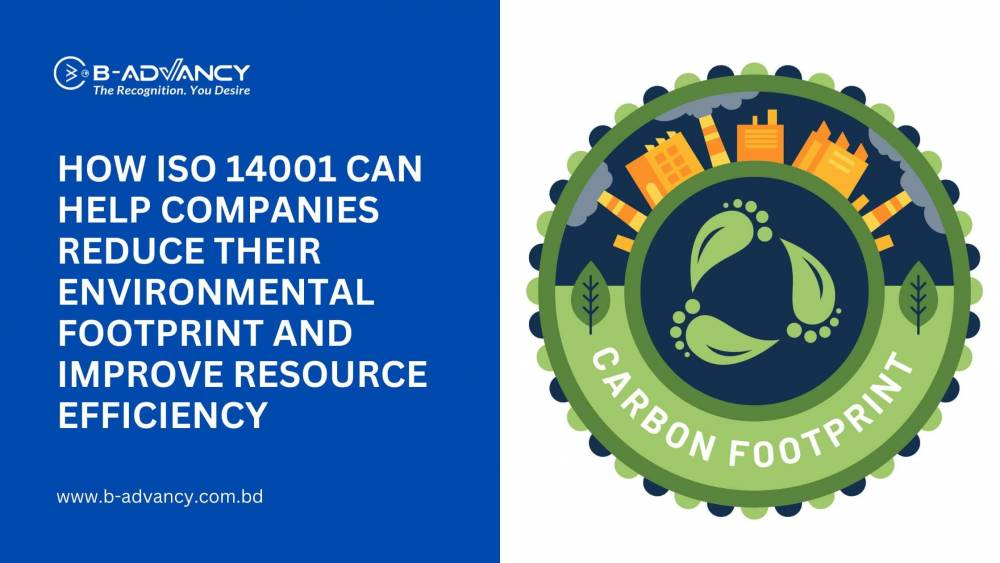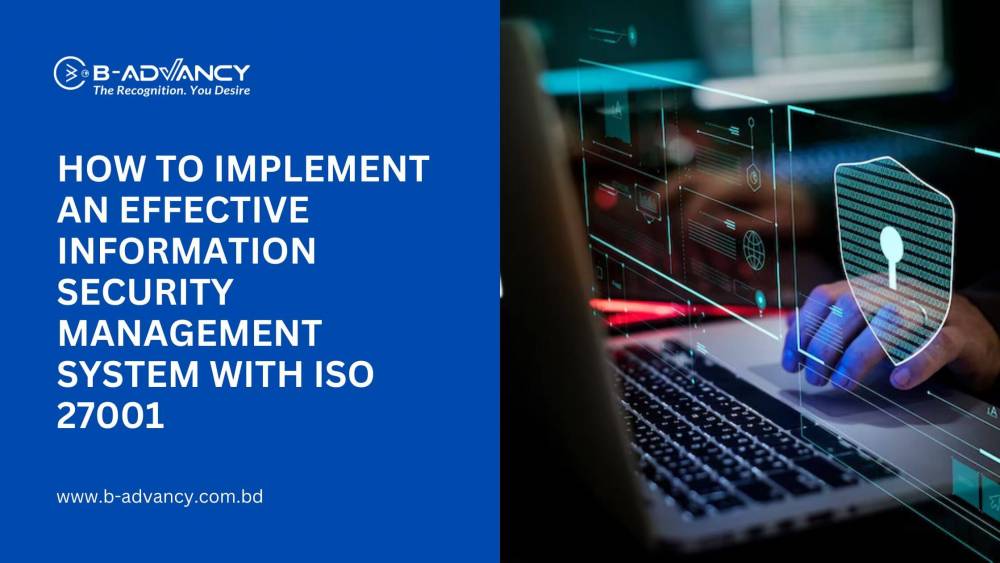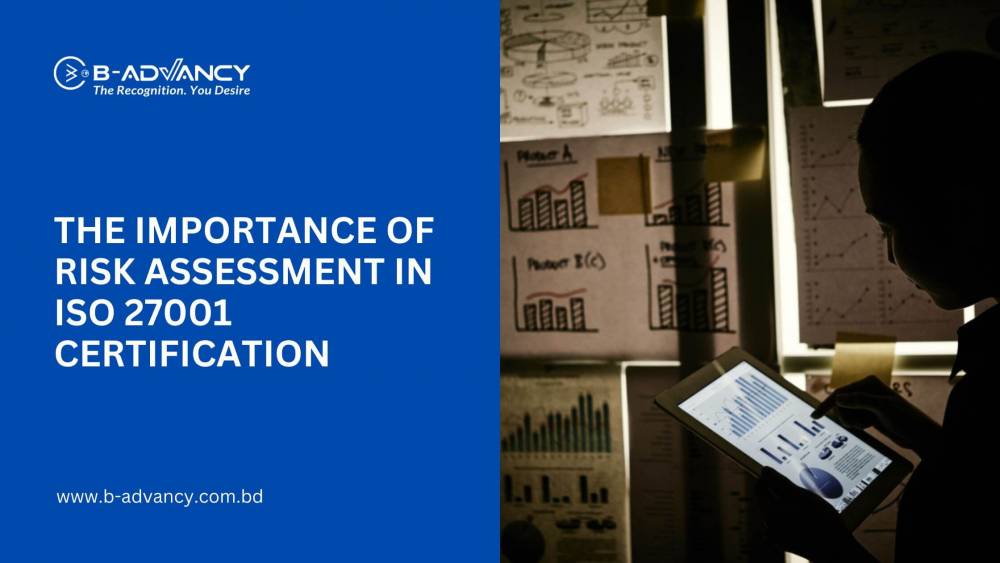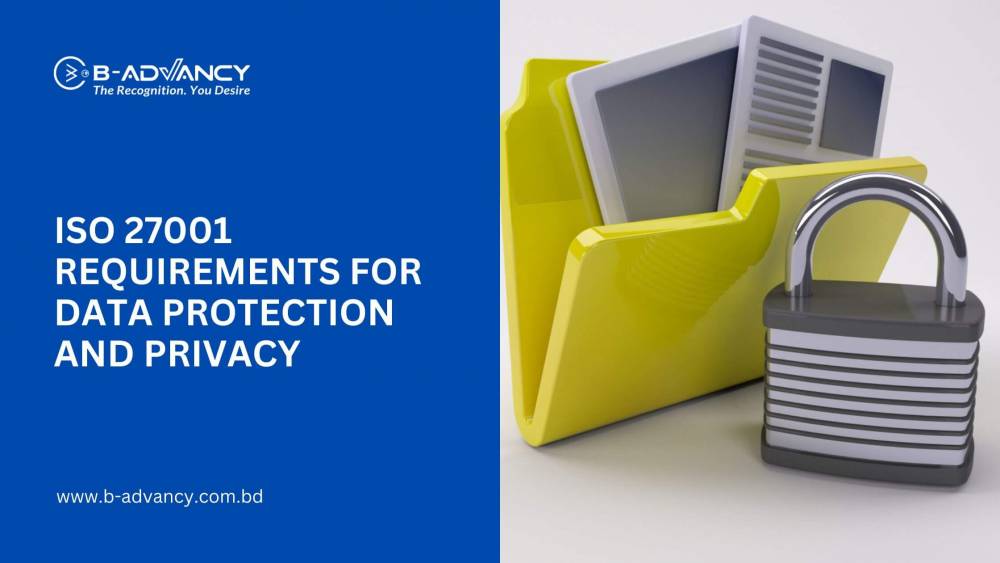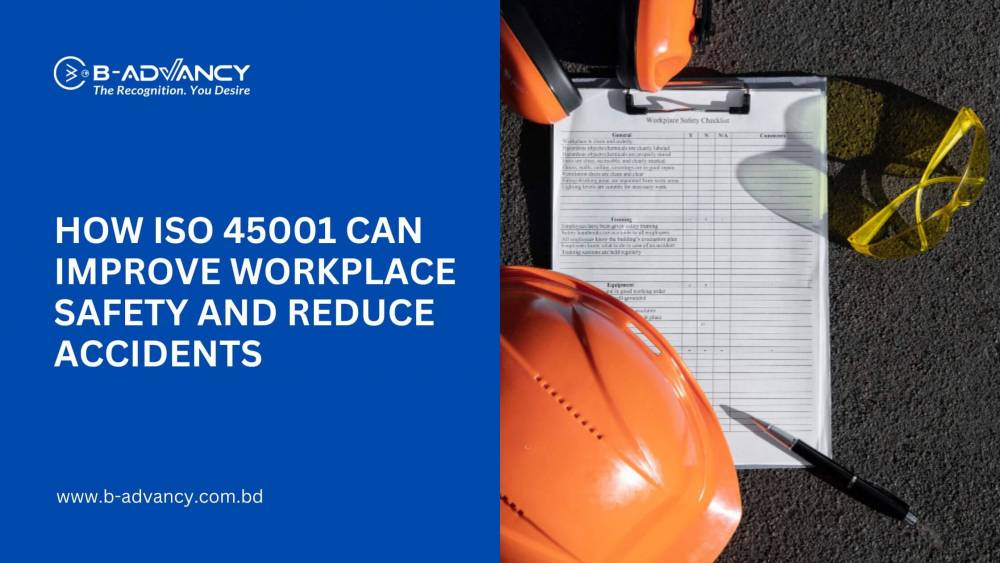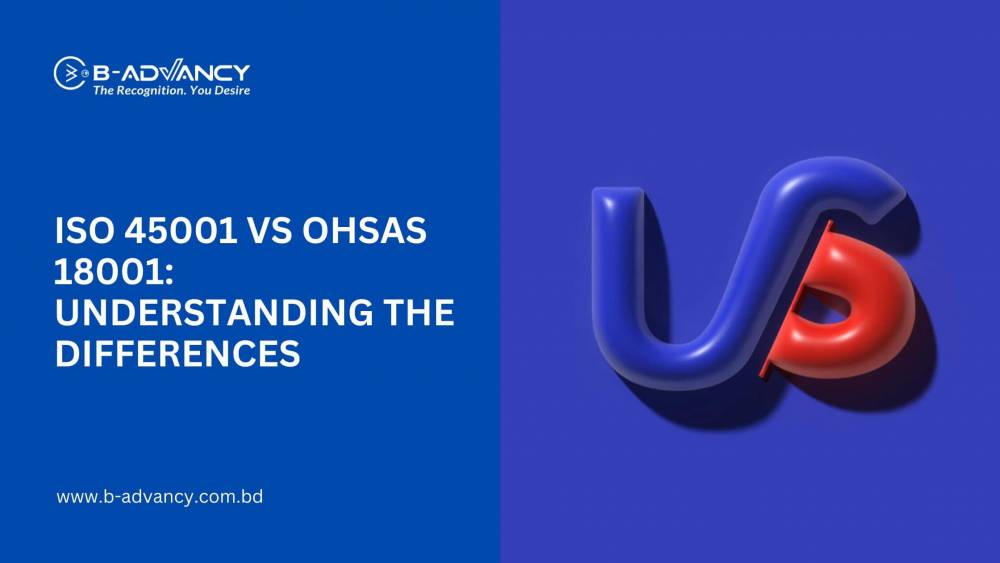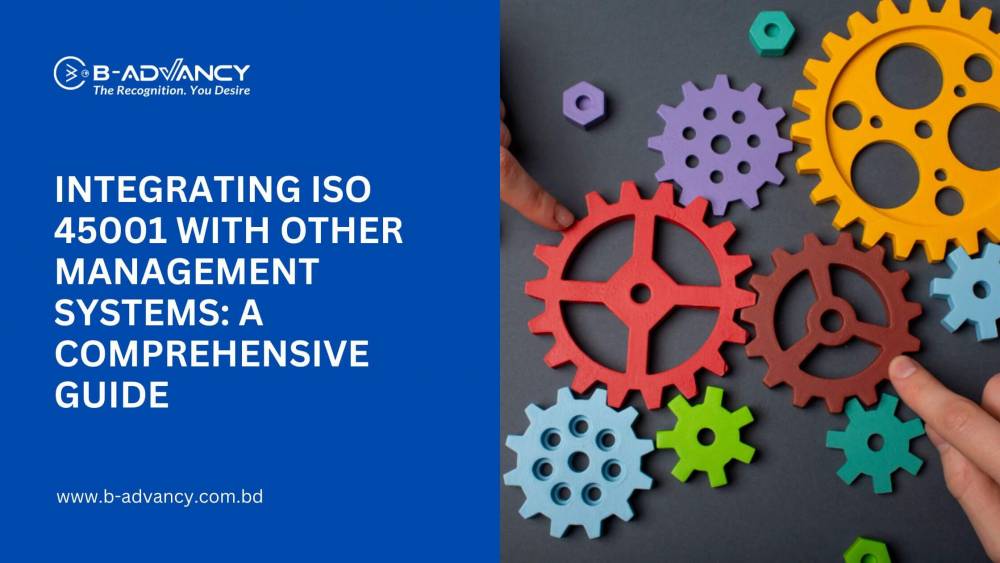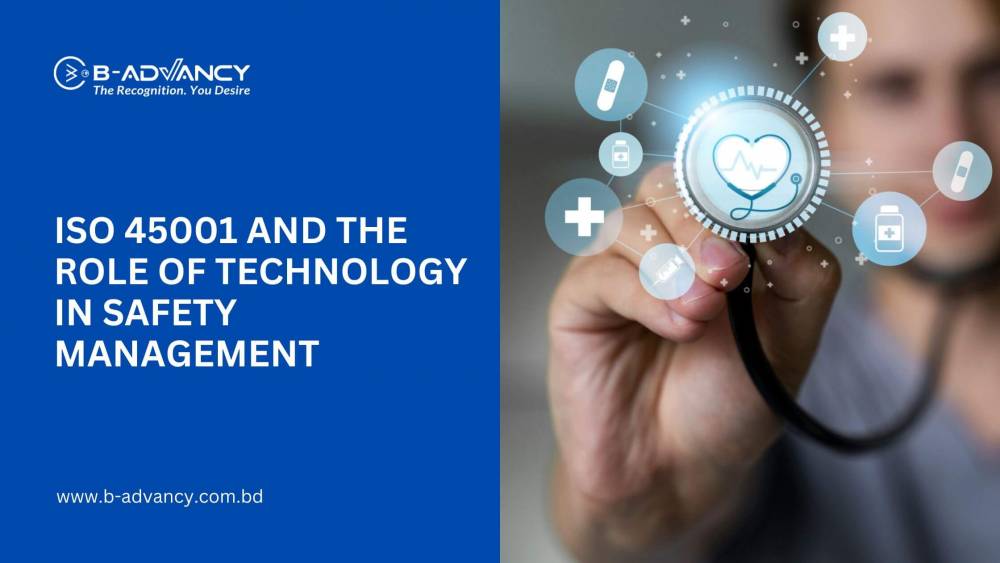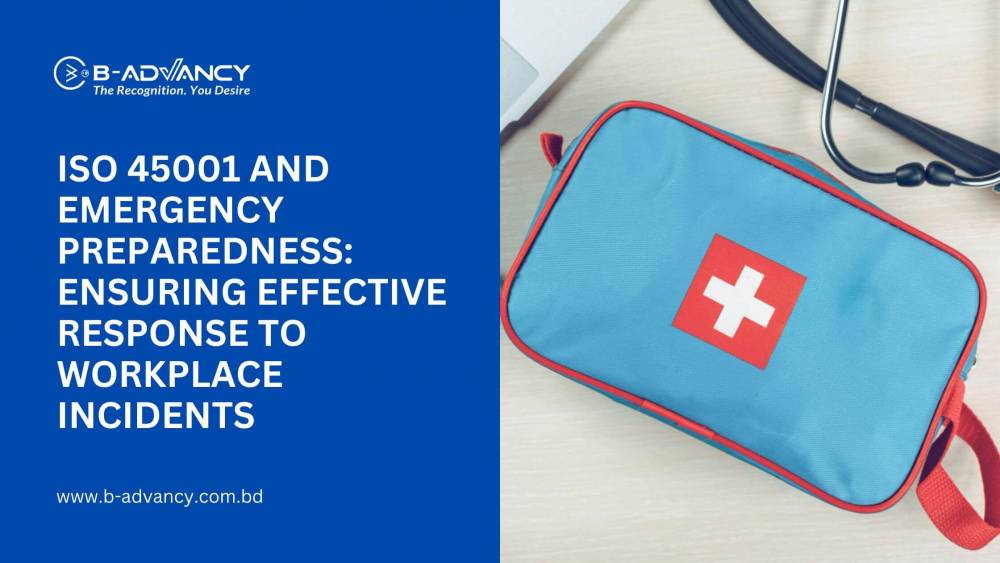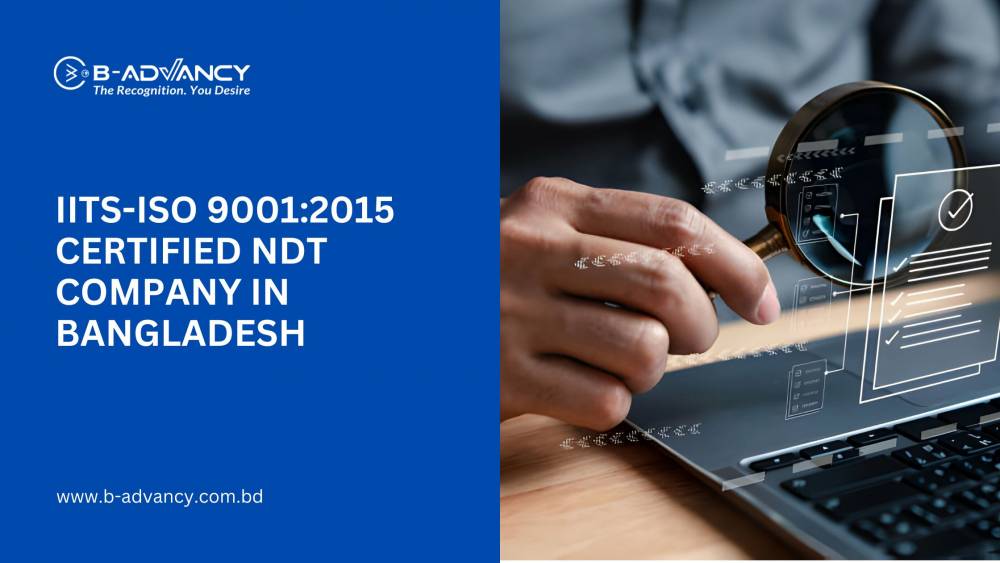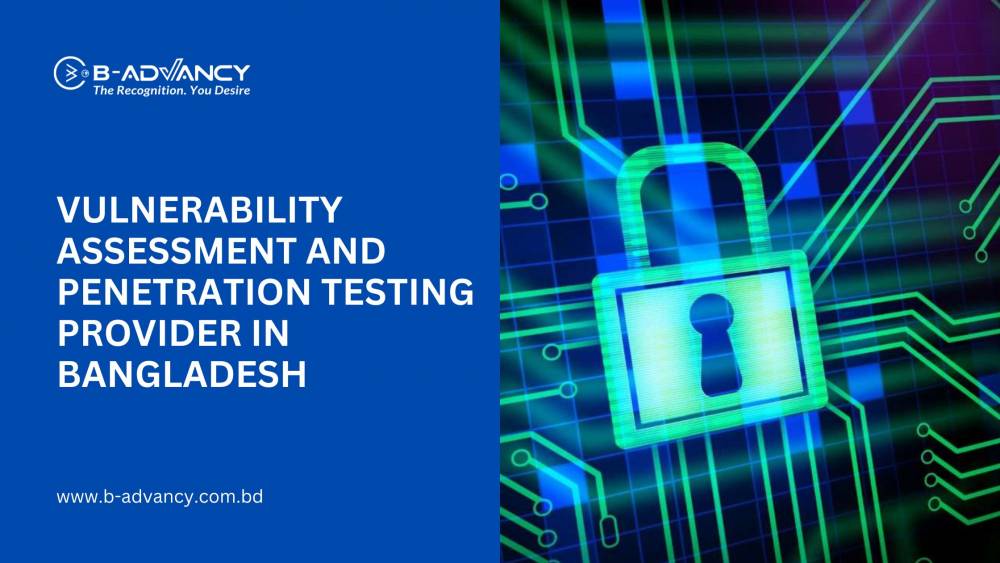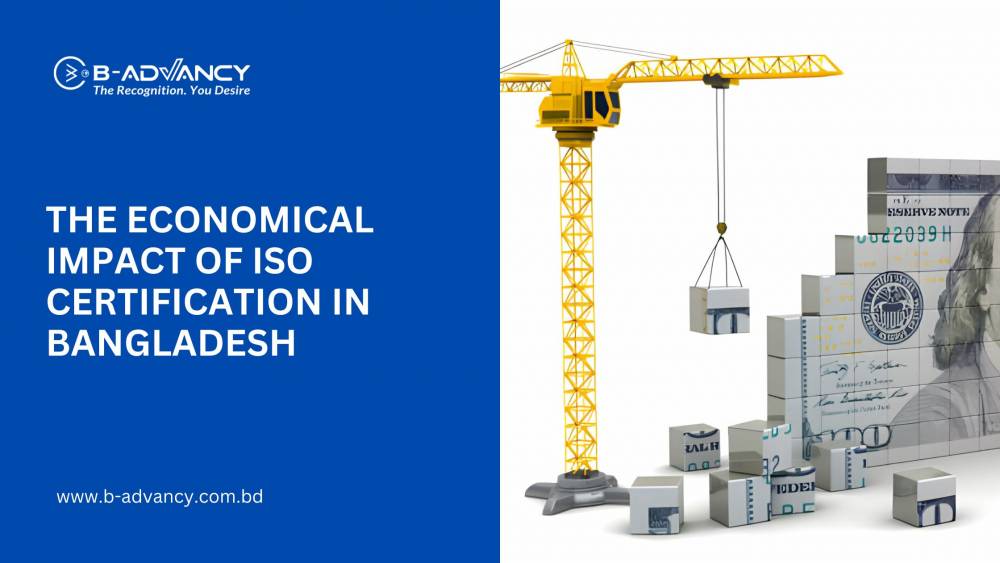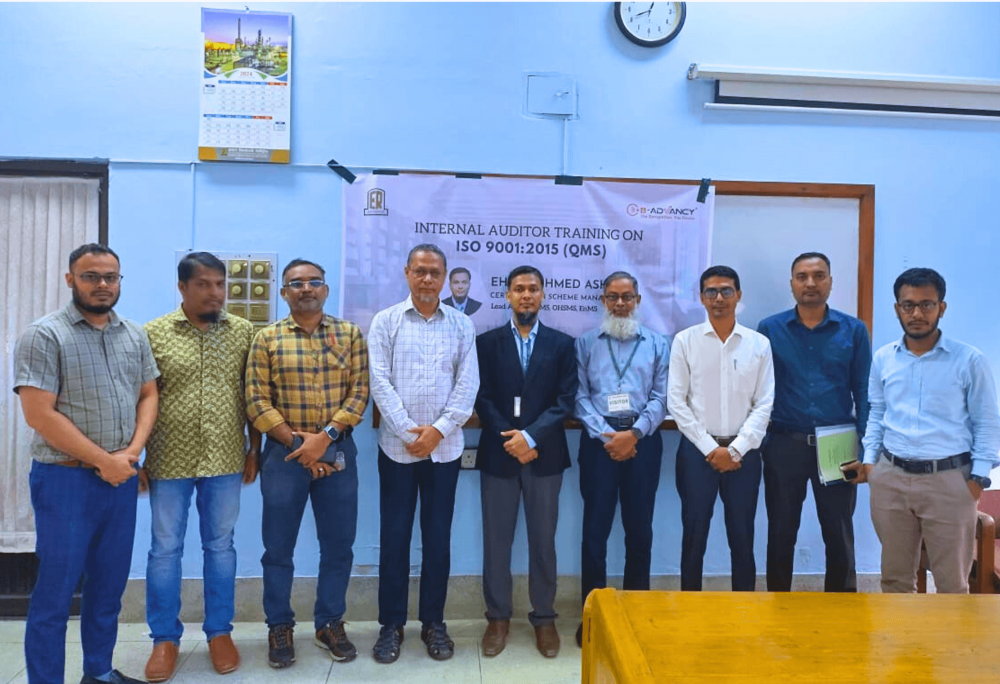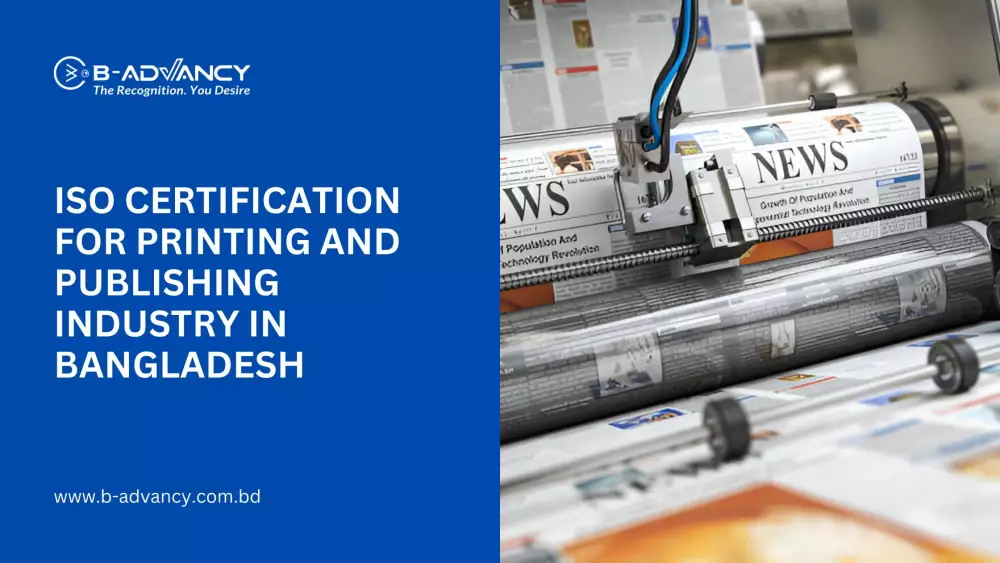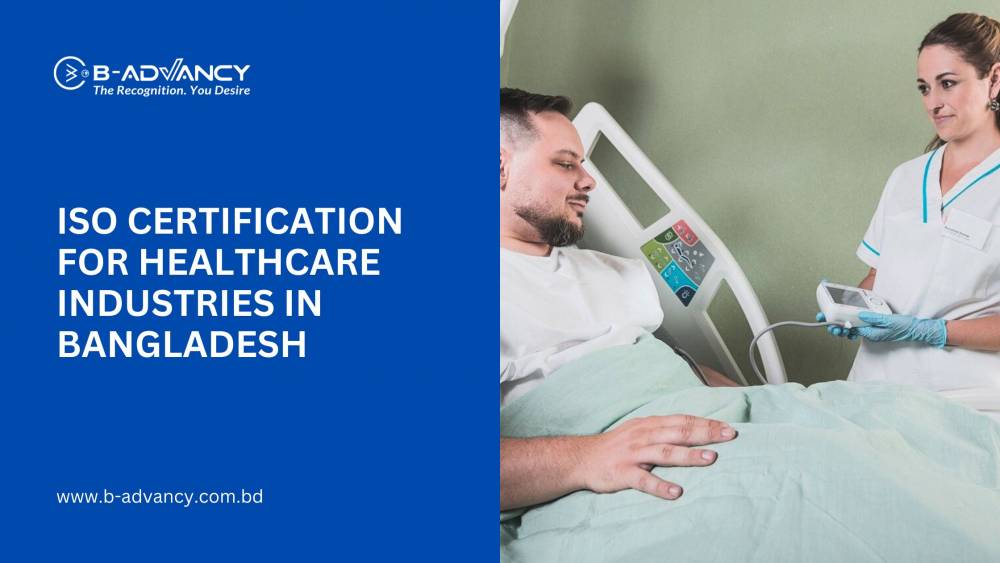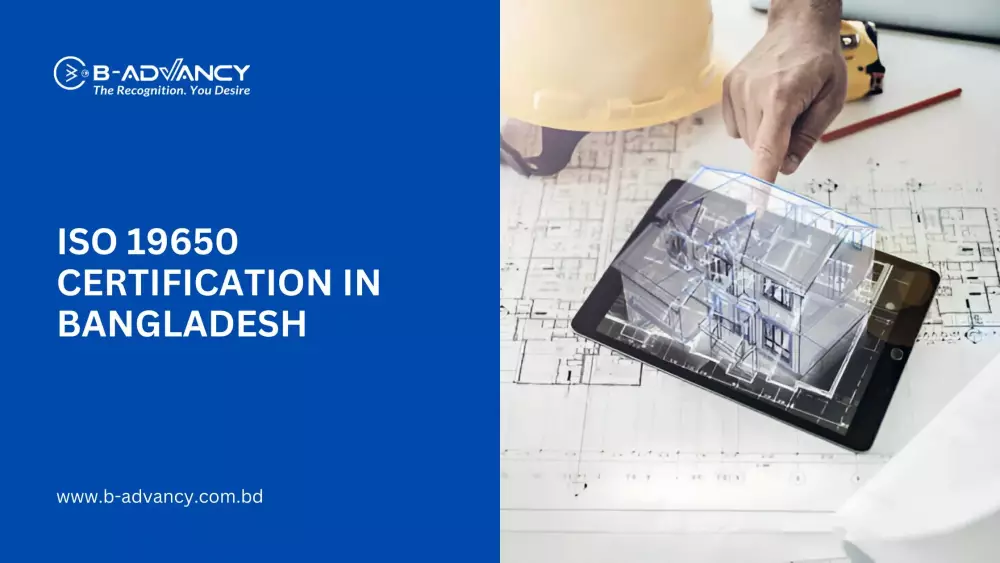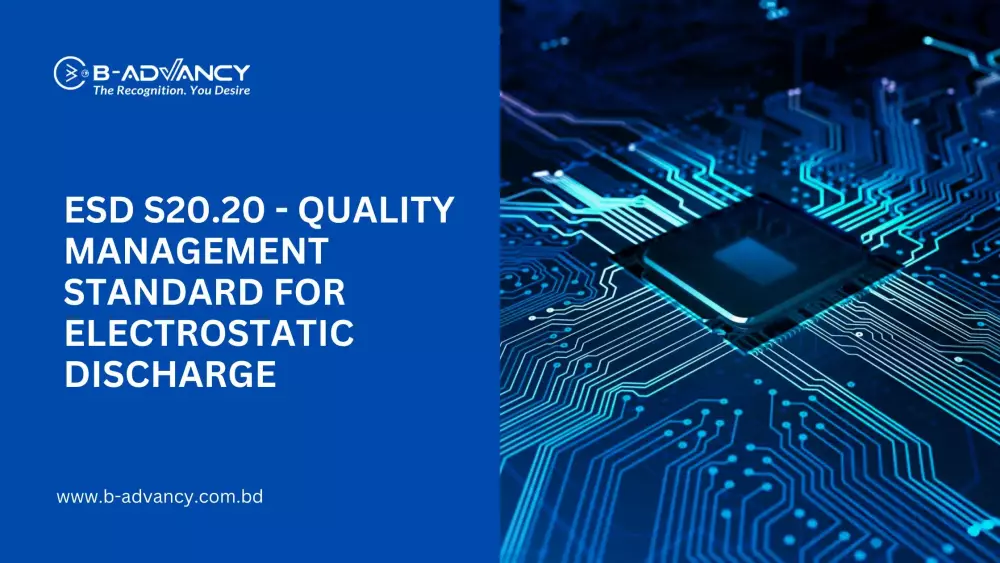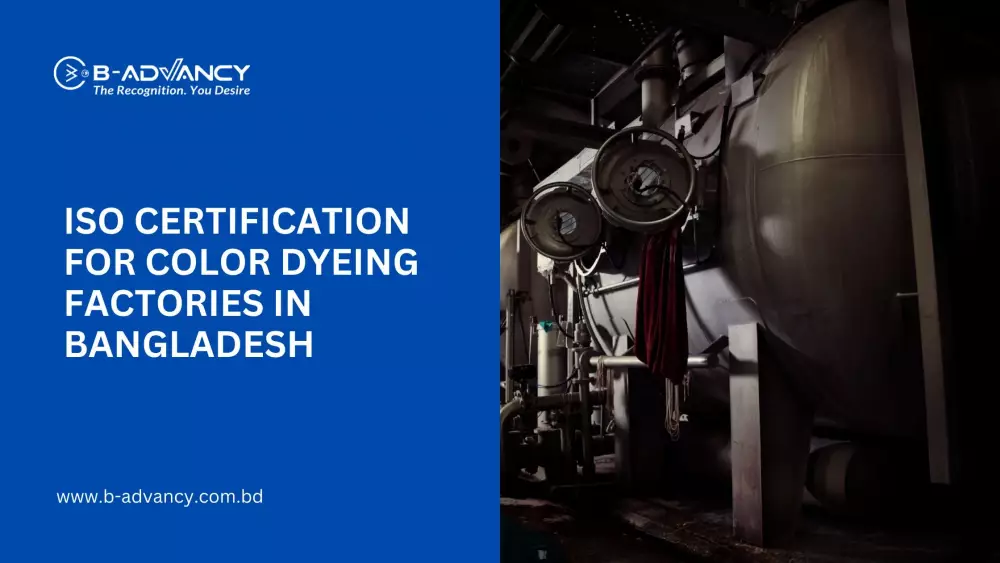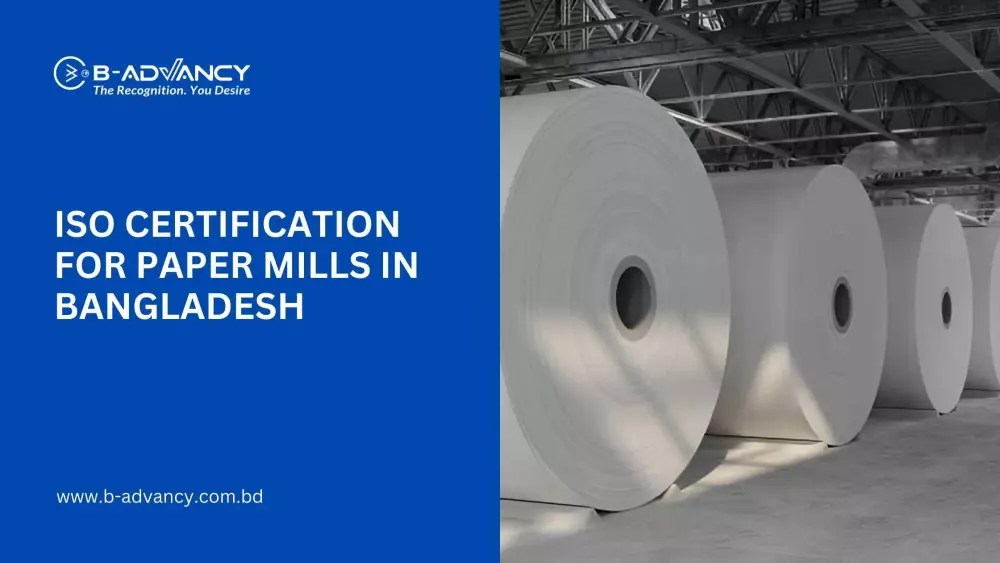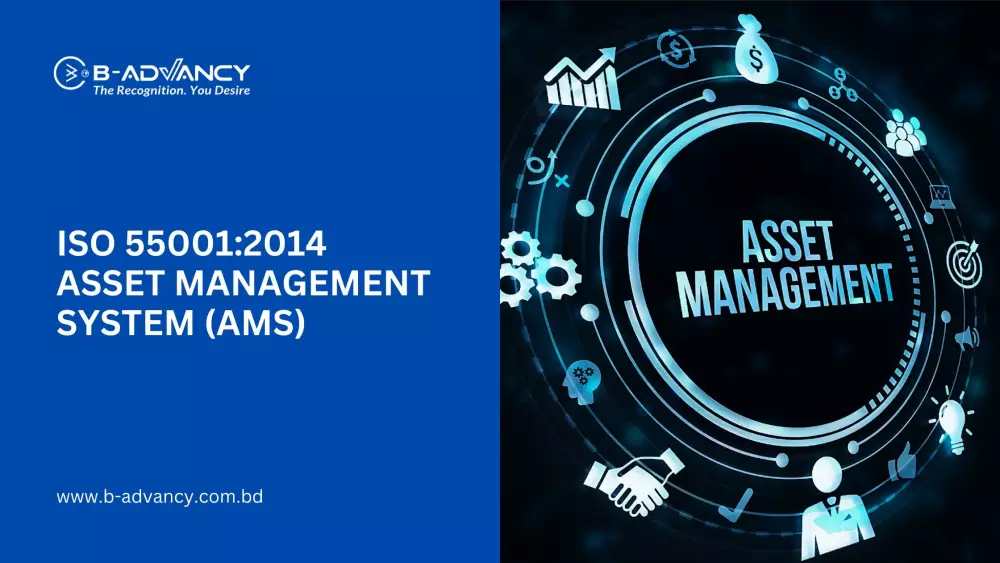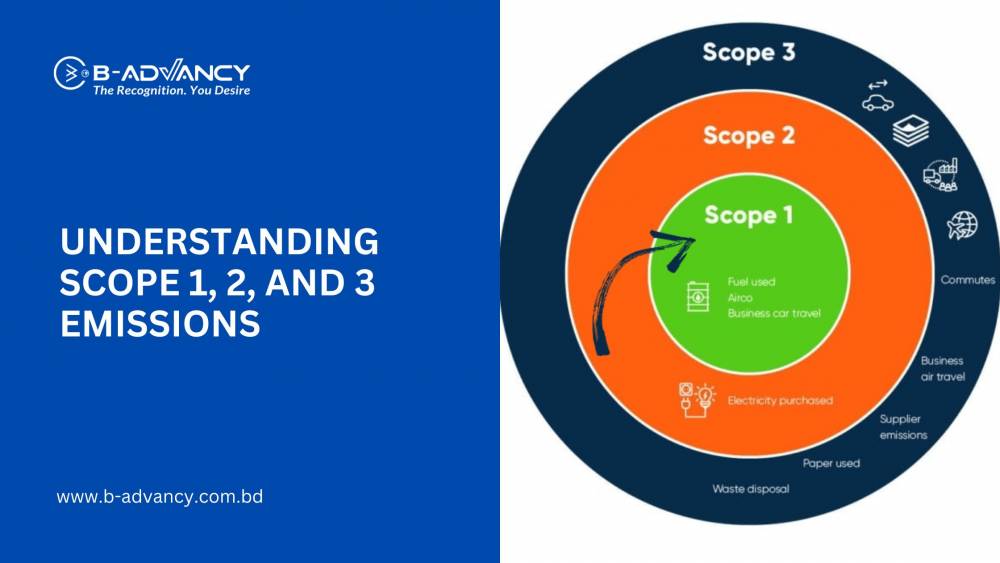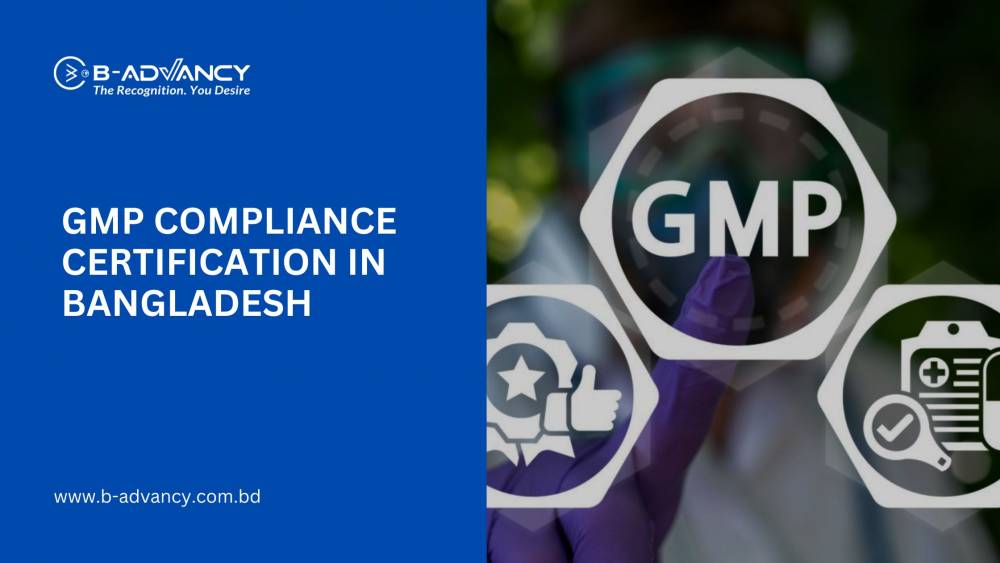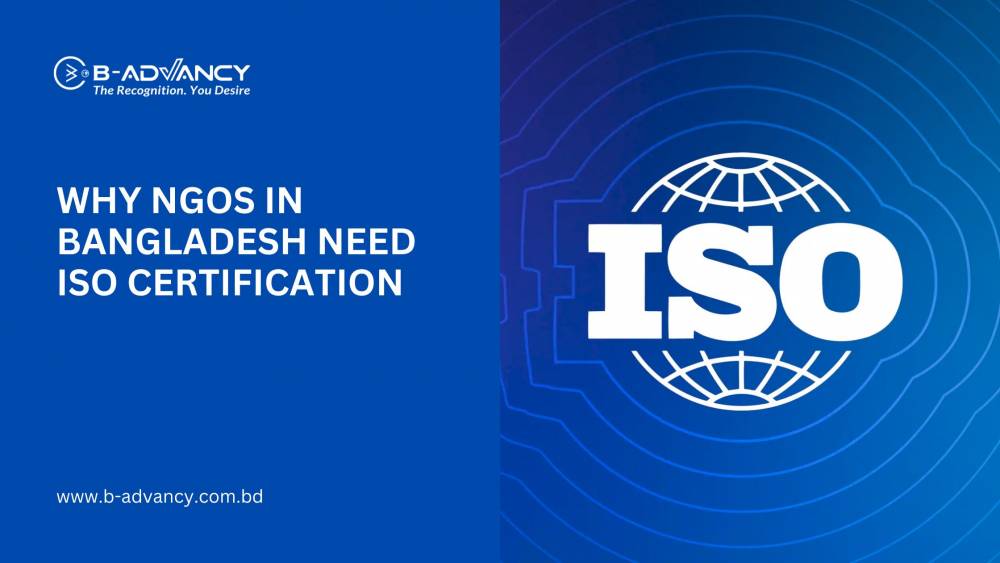I. Introduction
A. Definition of Non-Destructive Testing (NDT) testing and calibration services
Non-Destructive Testing (NDT) is a process used to evaluate the properties of a material, component, or system without causing any damage or alteration to it. It is a series of methods used to detect and quantify the presence of flaws, discontinuities, or other anomalies in the material under test. The main objective of NDT is to provide an accurate and reliable evaluation of the condition of the material, component or system, while preserving its original integrity and structural strength. NDT methods use various techniques such as ultrasonic, radiographic, magnetic, visual, and thermal imaging to inspect the material under test and provide a thorough analysis of its properties. The results of NDT can be used to make decisions regarding the maintenance, repair, or replacement of the material or system being tested in ‘ testing and calibration laboratories’
B. Importance of NDT services
NDT services are important because they allow for the inspection and evaluation of materials, components, and systems without causing any damage or alteration to them. This is especially important in industries where the equipment and materials are critical to the safe and effective operation of the system. The importance of NDT services can be summarized as follows:
- Improved Safety: NDT helps to identify potential problems before they result in a failure or cause harm to people, equipment, or the environment.
- Cost Savings: By detecting potential problems early, NDT can save costs associated with repairs or replacements and minimize downtime.
- Increased Reliability: NDT helps to ensure that equipment and systems are functioning properly, which can increase their reliability and prolong their useful life.
- Quality Control: NDT helps to ensure that products and components meet the required standards and specifications, and helps to identify any defects or problems early in the production process.
- Compliance with Regulations: Many industries are regulated and require regular NDT inspections to ensure that equipment and systems are safe and in compliance with regulations.
II. Types of Non-Destructive Testing
A. Radiographic Testing (RT)
Radiographic Testing (RT) is a non-destructive testing (NDT) method that uses X-rays or gamma rays to produce an image of the material under test. It is a powerful tool for the inspection of internal features of materials and components that are not visible from the surface.
B. Ultrasonic Testing (UT)
Ultrasonic Testing (UT) is a non-destructive testing (NDT) method that uses high-frequency sound waves to inspect the properties of a material, component, or system. The method is based on the principle of sending ultrasonic waves into the material and measuring the time it takes for the waves to travel through the material and be reflected back to the surface.
C. Magnetic Particle Testing (MT)
Magnetic Particle Testing (MT) is a non-destructive testing (NDT) method that uses magnetic fields to inspect ferromagnetic materials for surface and near-surface discontinuities, such as cracks and laps.
D. Dye Penetrant Testing(DPT)
Dye Penetrant Testing (DPT), also known as Liquid Penetrant Testing (LPT), is a non-destructive testing (NDT) method that is used to detect surface-breaking defects in a wide range of materials, including metals, ceramics, and composites.
E. Lifting and Pressure Equipment Load Test
Lifting and Pressure Equipment Load Test is a type of non-destructive testing (NDT) used to verify the safe working load and overall integrity of lifting and pressure equipment. The purpose of the test is to ensure that the equipment is fit for service, and to identify any potential defects or weaknesses that may compromise its safety and performance.
F. Hardness Test
Hardness Test is a non-destructive testing (NDT) method used to determine the hardness of a material. Hardness is a measure of a material's resistance to permanent deformation and is an important property for many industrial applications.
G. Vibration Test
Vibration Testing is a type of non-destructive testing (NDT) that evaluates the structural integrity of a material, component, or system by subjecting it to controlled vibration. The test is used to simulate real-world conditions, such as those encountered during transportation or operation, and to assess the ability of the material, component, or system to withstand the effects of these conditions.
H Destructive Test
Destructive Testing (DT) is a type of testing that involves intentionally damaging a material, component, or system in order to determine its properties and behavior under stress. The purpose of DT is to provide information about the strength, toughness, and durability of a material, component, or system that cannot be obtained through non-destructive testing (NDT) methods.
I. Vacuum Test
Vacuum Testing is a type of non-destructive testing (NDT) that assesses the ability of a material, component, or system to maintain a vacuum and to detect leaks. The test is used to ensure that the material, component, or system is airtight and that it can operate at a reduced pressure.
J. Roughness Test
Roughness Testing is a type of non-destructive testing (NDT) used to measure the surface roughness of a material. Surface roughness is a measure of the irregularity of a surface and is important for many industrial applications, as it can affect the performance and durability of a material or component.
K. Lube Oil Testing
Lube Oil Testing is a type of non-destructive testing (NDT) used to evaluate the quality and condition of lubricating oil. Lubricating oil is used to reduce friction and wear in mechanical systems, and its condition and performance can affect the overall health and longevity of the system.
III. Advantages of NDT Services
A. Reduced downtime
Reduced downtime refers to the decrease in the amount of time a system, equipment, or facility is unavailable or non-operational due to maintenance, repairs, or other causes. The goal of reducing downtime is to maximize the availability and utilization of a system, equipment, or facility, and to minimize the impact of maintenance and repairs on production and business operations.
B. Improved safety
Improved safety refers to the increase in the level of protection from harm or injury provided to individuals and communities in the workplace, environment, or other setting. The goal of improved safety is to reduce the risk of accidents, injuries, and other negative outcomes and to create a safer and healthier environment for all involved.
C. Cost savings
Cost savings refer to a reduction in expenses or the amount of money that a company, organization, or individual spends on goods, services, or operations. The goal of cost savings is to reduce costs without sacrificing quality or efficiency and to improve financial performance.
There are several strategies for achieving cost savings, including cost reduction, cost control, and cost optimization. Cost reduction involves identifying and eliminating unnecessary expenses. Cost control involves managing expenses within a budget or target. Cost optimization involves improving the efficiency and effectiveness of operations to reduce costs while maintaining or improving quality.
D. Better quality control
Better quality control refers to the implementation of processes and procedures designed to ensure that products, services, or processes meet specified requirements and standards. The goal of better quality control is to prevent defects, errors, and other quality problems from occurring and to improve the overall quality of goods and services.
IV. Applications of NDT
A. Aerospace
The aerospace industry is a complex and highly specialized field that involves a wide range of technologies, including aerodynamics, propulsion, materials science, and avionics. Aerospace engineers, technicians, and scientists work together to develop and produce the next generation of aircraft and spacecraft, while also maintaining and improving existing systems.
B. Energy and power
The energy and power industry is a crucial sector that provides the energy required to drive economic growth, improve living standards, and support modern civilization. This industry includes the exploration, extraction, refinement, transportation, and distribution of energy sources, as well as the development and operation of power generation and transmission systems.
C. Manufacturing
Manufacturing is a critical component of the global economy, providing employment, economic growth, and the production of essential goods and products. The manufacturing industry includes a wide range of sectors, such as automotive, aerospace, electronics, food and beverage, and pharmaceuticals.
V. Challenges in NDT Services
A. Availability of specialized equipment
In many industries, such as manufacturing, energy and power, and aerospace, the availability of specialized equipment is essential for the successful completion of projects and operations. For example, in the manufacturing industry, specialized equipment may include production machines, inspection tools, and testing equipment.
The availability of specialized equipment can be influenced by several factors, including technological advancements, regulatory requirements, and economic conditions. The availability of equipment can also impact the cost and timeline of projects, as well as the overall efficiency and competitiveness of a company.
To ensure the availability of specialized equipment, companies may need to invest in research and development, engage in equipment maintenance and repair programs, and implement inventory management systems to track and control the use of equipment.
VI. Conclusion
A. Recap of Key Points:
In the conclusion, it's important to summarize the key points covered in the blog. This includes a brief overview of the definition of Non-Destructive Testing (NDT) services, the various NDT techniques such as Radiographic Testing (RT), Ultrasonic Testing (UT), Magnetic Particle Testing (MT), Dye Penetrant Testing (DPT), and others. The benefits of NDT services, including reduced downtime, improved safety, cost savings, better quality control, and the importance of NDT services in industries such as aerospace and energy and power, as well as in manufacturing.
B. Future Outlook for NDT Services:
The future outlook for Calibration service in Bangladesh or NDT services is positive, with a growing demand for NDT services in various industries. As new technologies continue to emerge, there will be opportunities to further improve NDT methods and make them more accessible and cost-effective. With the increasing focus on quality and safety, NDT services will continue to play a crucial role in ensuring the reliability and safety of products and structures.
C. Encouragement for Increased Use of NDT Services in Industries:
In conclusion, it is important to encourage the increased use of NDT services in various industries. The benefits of NDT services, including reduced downtime, improved safety, cost savings, better quality control, and improved overall performance, make NDT services an essential tool for companies and organizations. The availability of specialized equipment and the expertise of NDT professionals provide the necessary resources to effectively implement NDT services in various industries.

